Inorg. Chem. Front., 2023, Advance Article
DOI: 10.1039/D3QI01715J, Research Article
DOI: 10.1039/D3QI01715J, Research Article
Yuheng She, Jinmiao Jiao, Zheng Wang, Jing Chai, Song Jie, Ning Ye, Zhanggui Hu, Yicheng Wu, Conggang Li
A novel NLO tellurate crystal, LiVTeO5, was extracted via spontaneous crystallization. It features the attractive merits of a strong SHG response, a large band gap, a wide transmittance range, and a notable birefringence.
To cite this article before page numbers are assigned, use the DOI form of citation above.
The content of this RSS Feed (c) The Royal Society of Chemistry
A novel NLO tellurate crystal, LiVTeO5, was extracted via spontaneous crystallization. It features the attractive merits of a strong SHG response, a large band gap, a wide transmittance range, and a notable birefringence.
To cite this article before page numbers are assigned, use the DOI form of citation above.
The content of this RSS Feed (c) The Royal Society of Chemistry

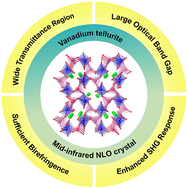
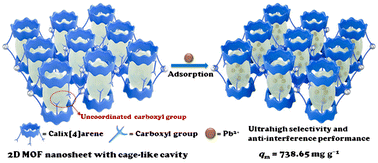
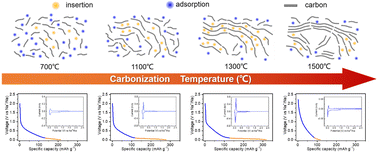

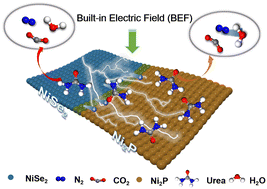
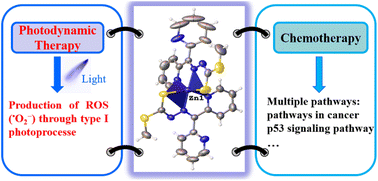
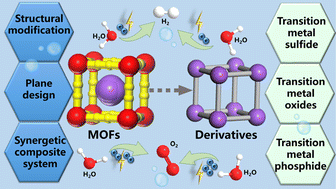
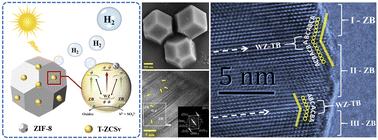
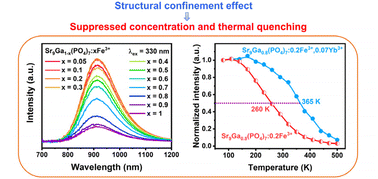
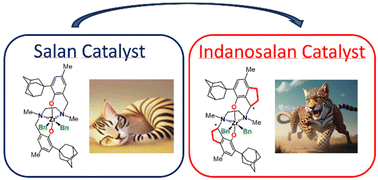
 Open Access
Open Access